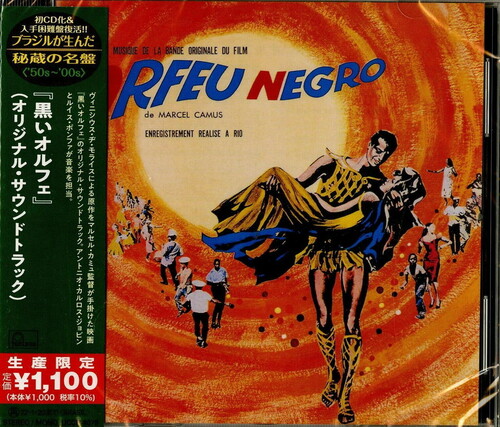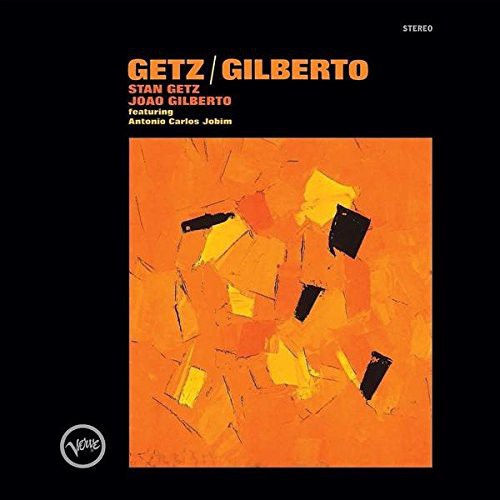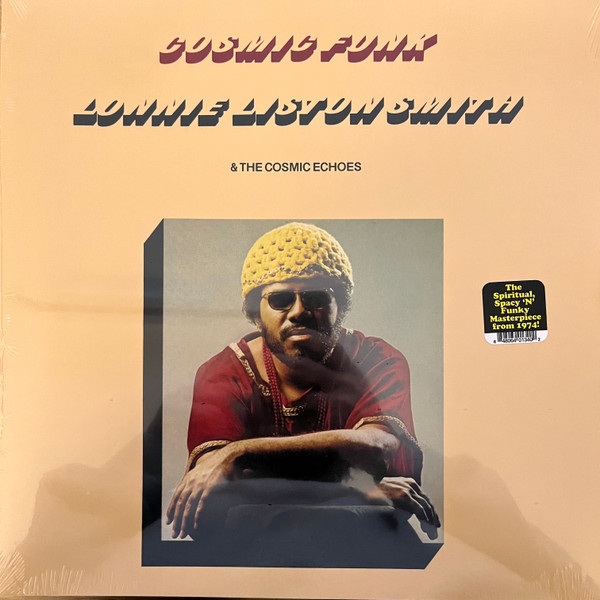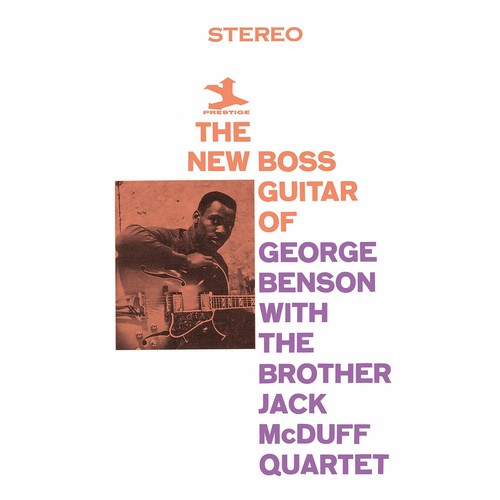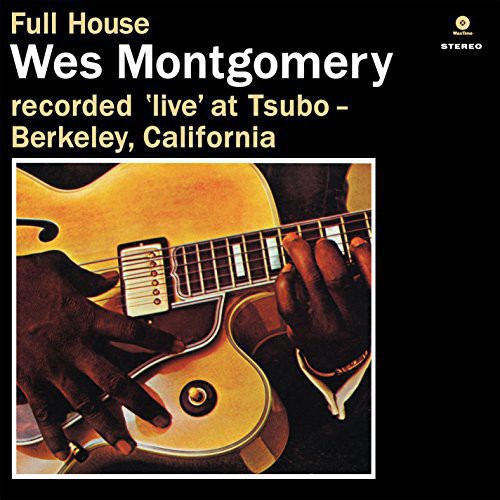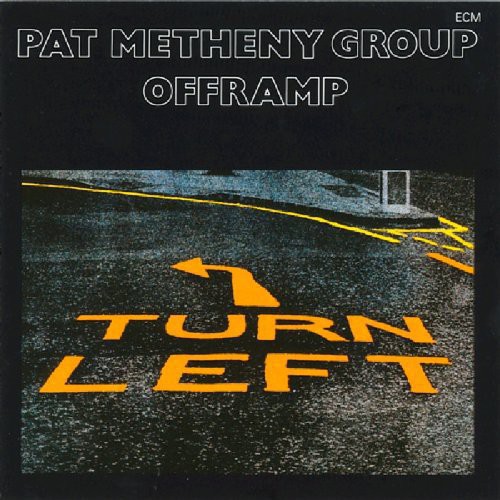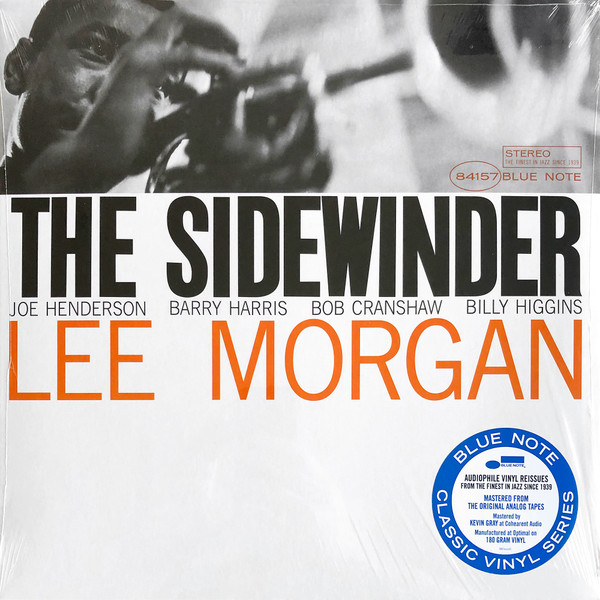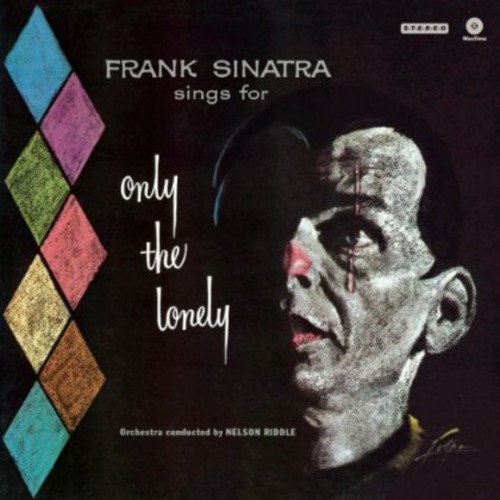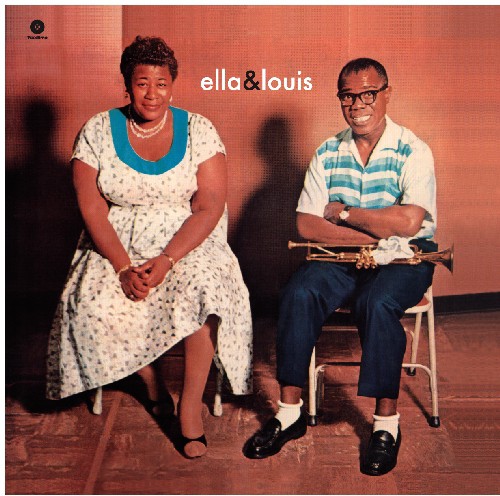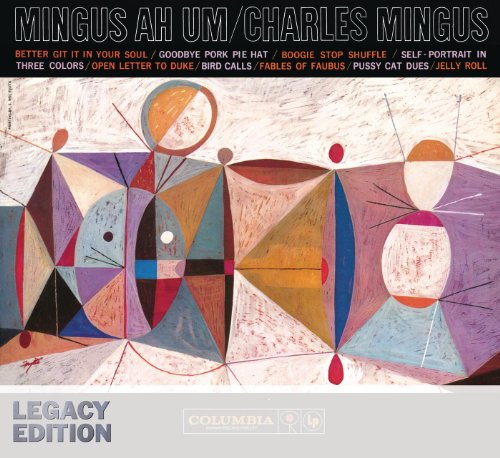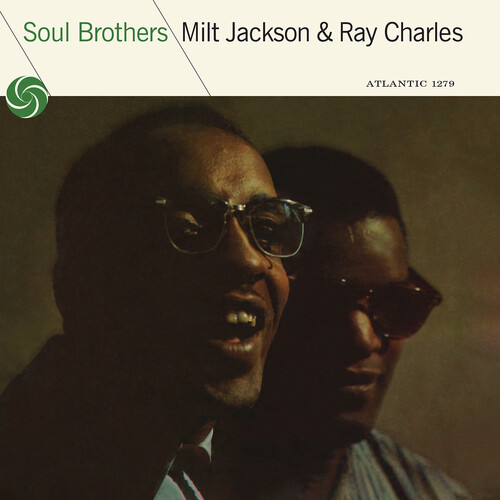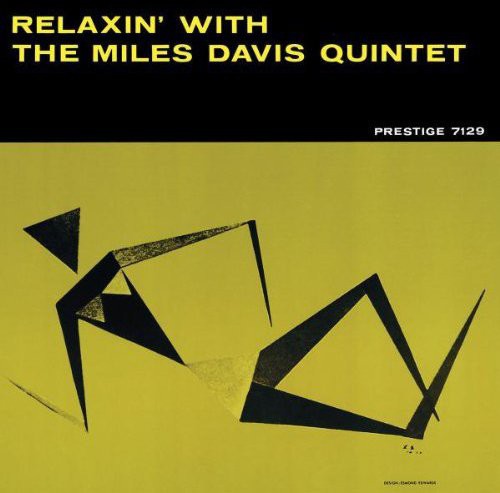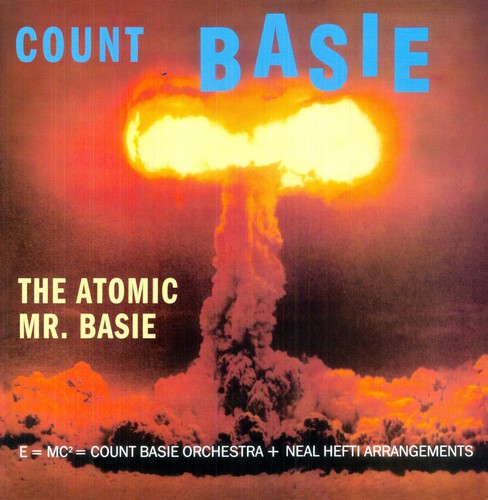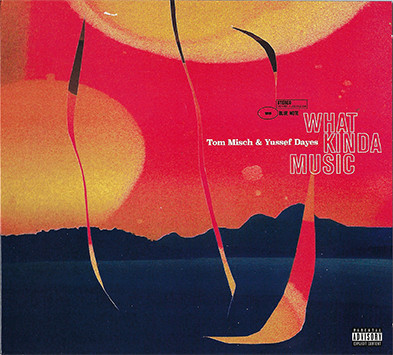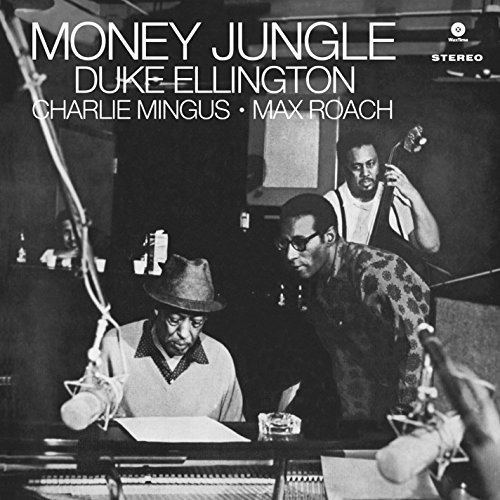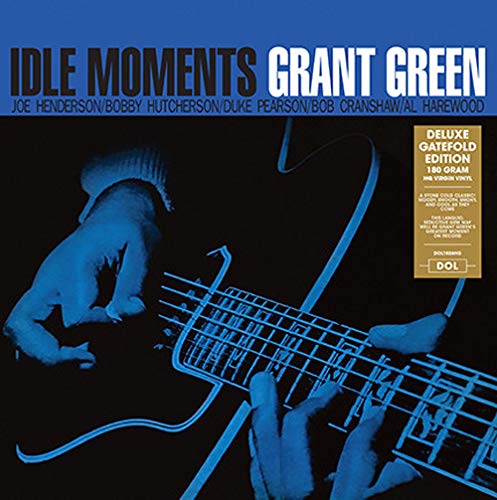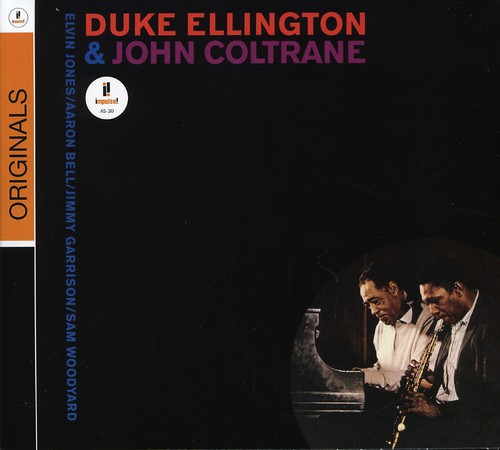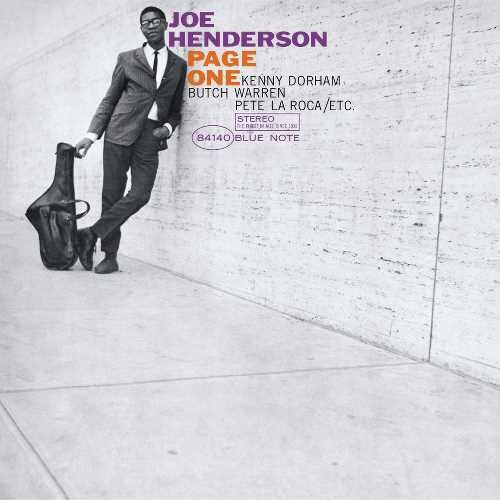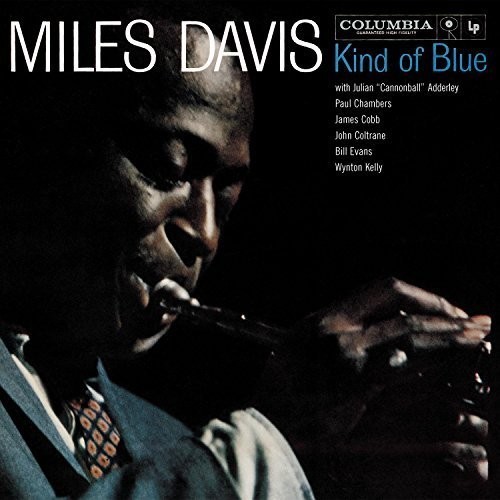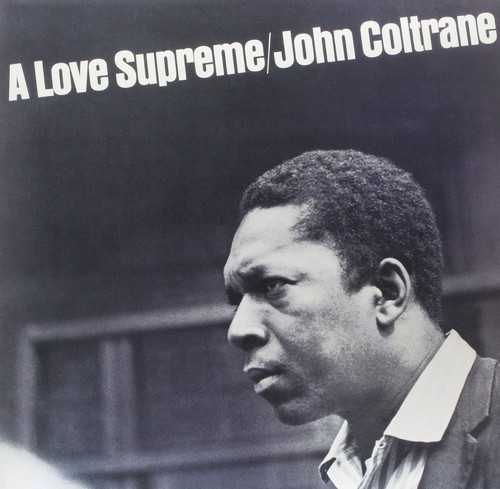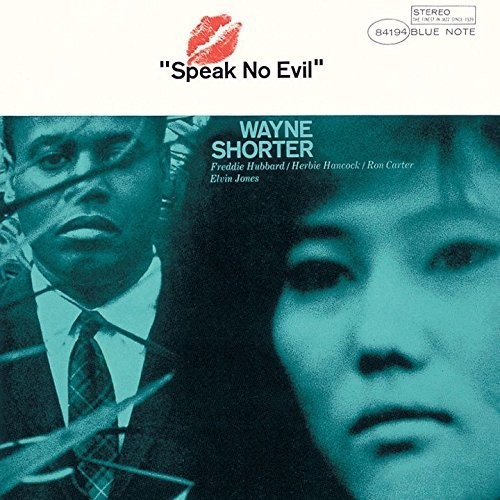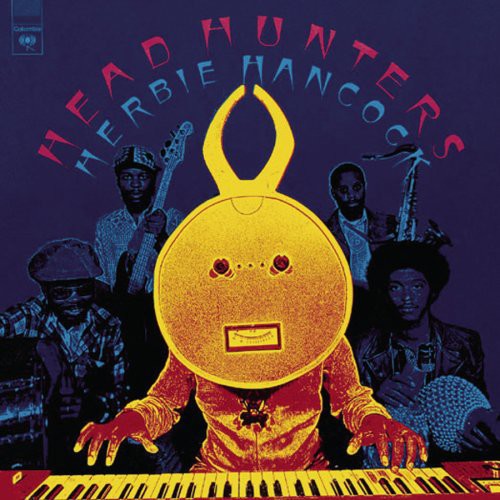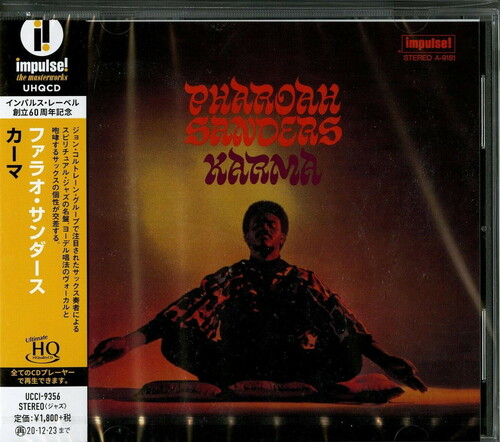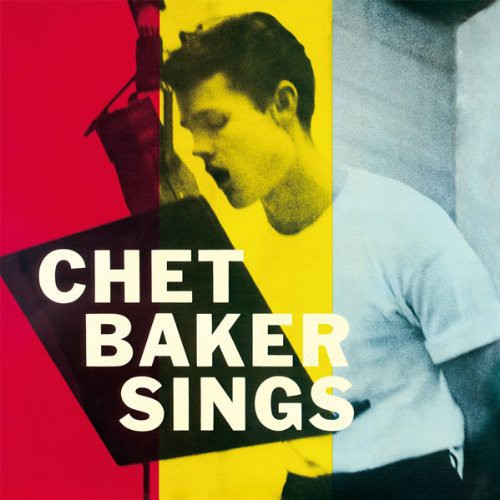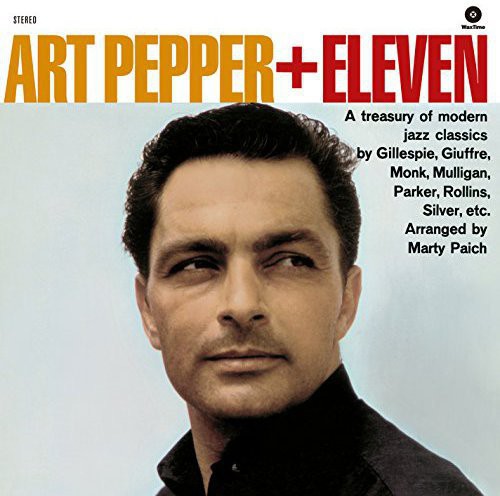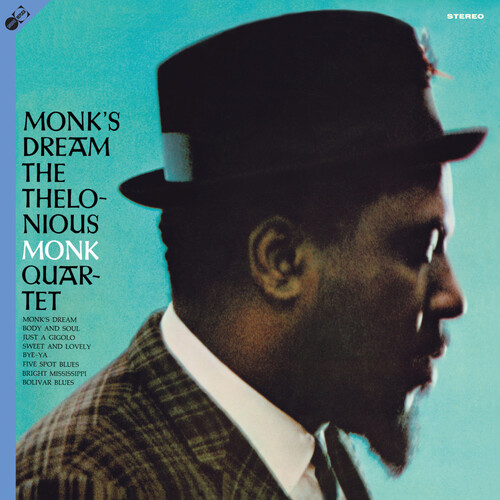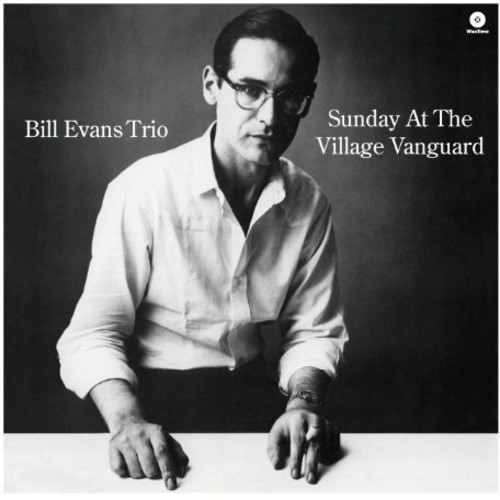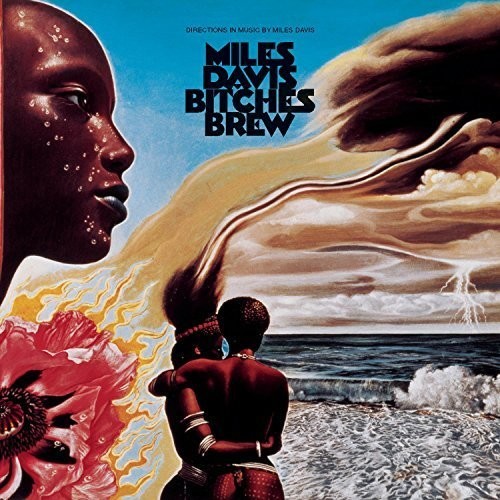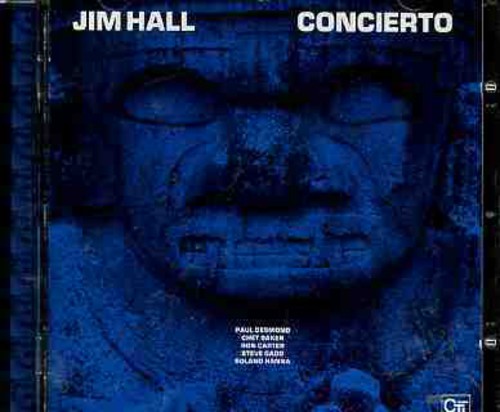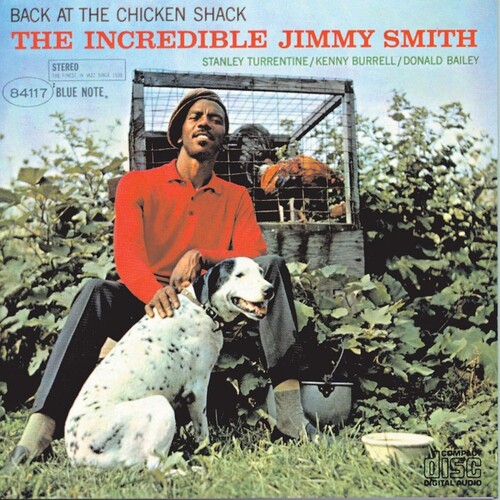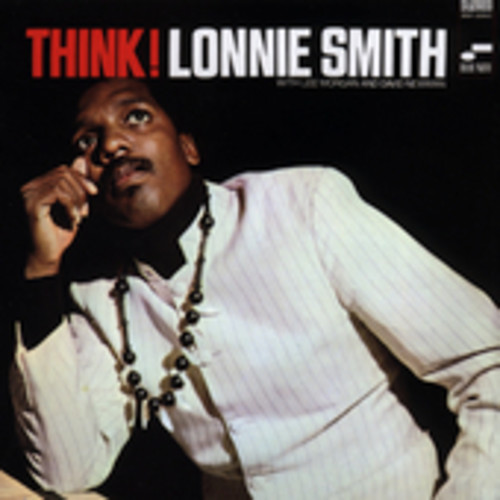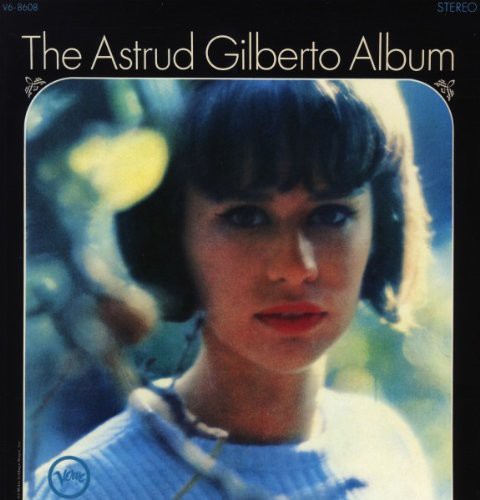Collection: Essential Jazz Albums
Jazz originated in New Orleans, Louisiana, USA at the start of the 1900's and is consider Black Classical or American Classical music by the artists who created and developed the sounds throughout the 20th century. The early days of New Orleans grew out of Blues, Ragtime, and brass marching bands and included experiments with improvisation, polyrhythms, multiple overlapping melodic lines, and the employment of the essential ingredient: swing. This technique rhythmically shifts certain notes in every bar of music, which transforms the even spaced count of the meter into one that swings back and forth slightly. The Swing Era of the 1920's and 30's formalized song structures more and was written primarily as big band dance music which often had vocalists and a section of the song dedicated to an improvised solo by one musician. Count Basie and Duke Ellington were two important band leaders who pushed the musical composition into new territory, including the addition of orchestral elements and more complex arrangements. In the 1940's Bebop, or simply Bop, transformed the dancefloor accessible sound into a much more complex form of music. It is most often associated with the inventiveness of specific players like Charlie "Bird" Parker, Dizzy Gillespie, Charlie Christian, and Thelonious Monk. This style was not made for popular appeal like Swing. It was music created for musicians constantly pushing the melodic, harmonic, and rhythmic complexity of the sound. After Bop the relatively homogenous sound of Jazz up until this point fragmented into a number of styles including Cool Jazz (emphasising a calm sound in contrast to Bop), Latin Jazz (both Brazilian and Afro-Cuban rooted), Free Jazz (throwing most rules out the window in favor of a pure expressiveness), and Hard Bop (incorporating elements from R&B and Gospel music). The Post-Bop sub-genre took developments made in many of these styles and focused them into a small band format (4 or 5 musicians) with each member getting a chance to solo and provide support for others soloing. Soul Jazz had more repetitive grooves or "vamps" and featured drum styles closer to Funk than swinging Jazz styles. In the late 1960's and 70's Fusion combined Jazz experimentation with Rock or Funk styles, creating new audiences as more traditional Jazz styles fell out of popularity. Smooth Jazz of the 1980's was a form that followed basic Pop structures and emphasised commercial accessibility for radio play. In opposition to this Jazz-core meshed the irreverent and aggressive tendencies of Punk, Thrash, and Free Jazz. In the early 1990's Acid Jazz was a nostalgic take on Soul Jazz and Jazz-Funk made for the dance club. Later, with a foundation of electronic elements, a form of jazzy Downtempo arose. Contemporary styles of the 2000's include many traditional approaches as well as further explorations of Free Jazz, Spiritual Jazz, and Afro-beat. The collection presented here covers a range of classic Jazz recordings, from new pressings of early records to contemporary releases. (If you're interested in browsing through the secondhand jazz records we have at the moment, check here.) - Scott Boutin
 Favourite
Favourite  Share
Share  View
View 